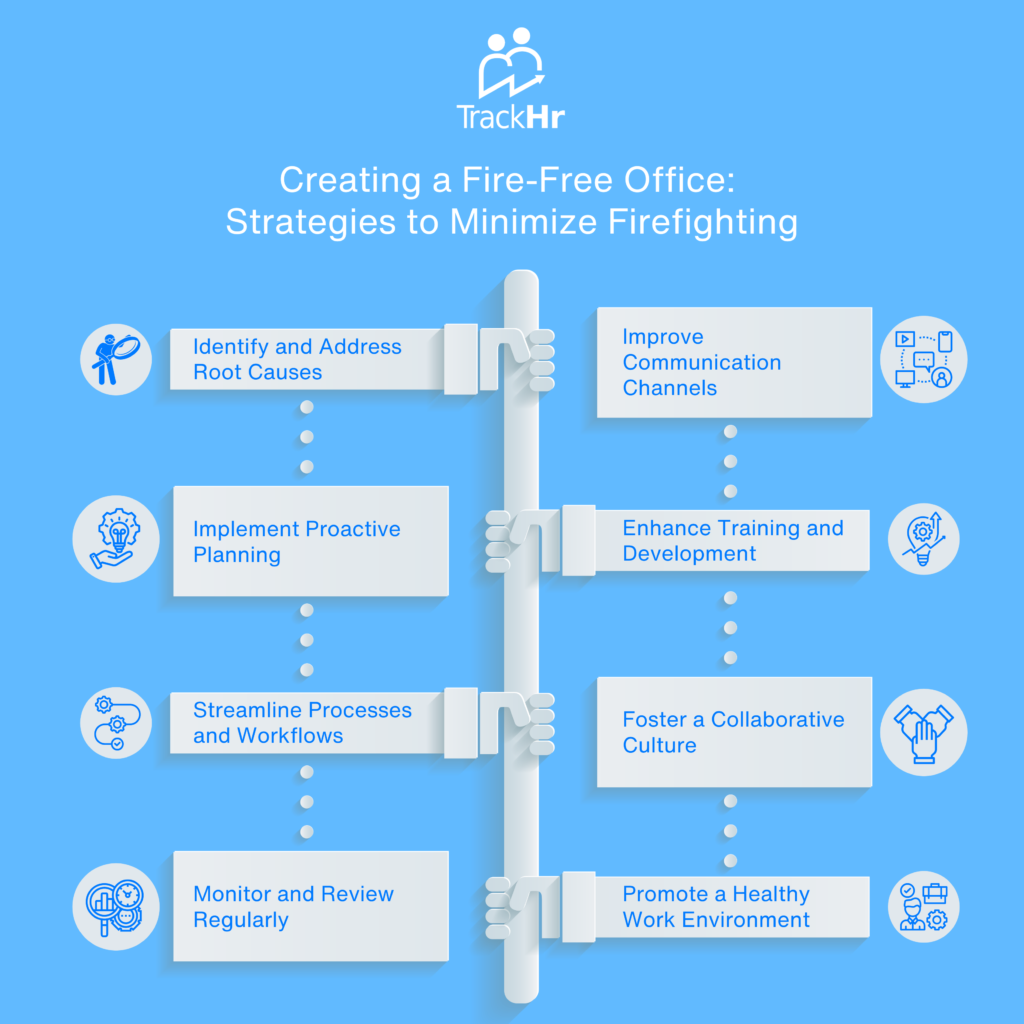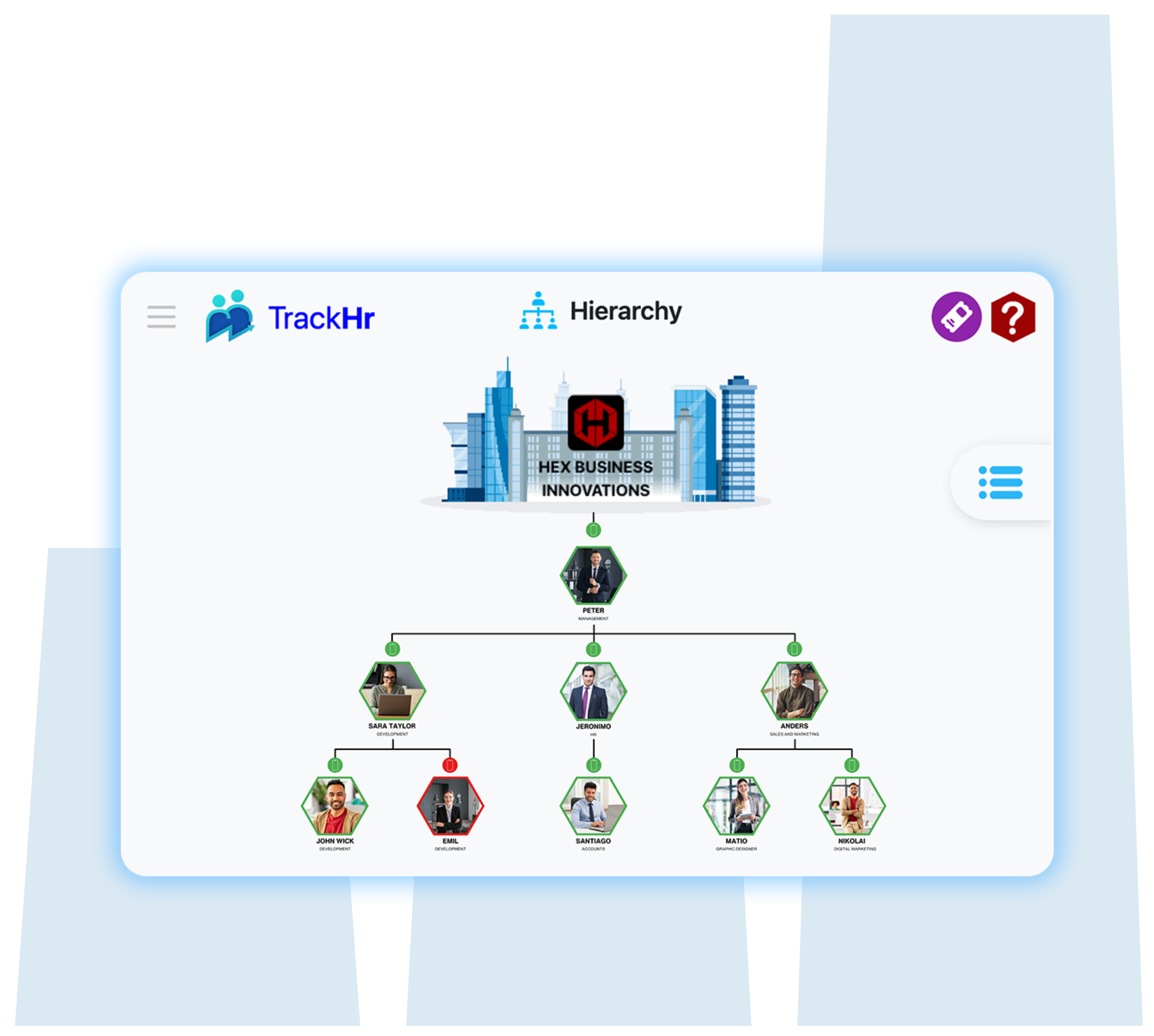Wednesday, 12 Jun 2024
Creating a Fire-Free Office: Strategies to Minimize Firefighting
In many organizations, employees often find themselves constantly “firefighting” – dealing with urgent issues and crises that disrupt productivity and morale. This reactive approach can lead to stress, burnout, and inefficiency. Transforming office premises into a place where firefighting is minimized involves strategic planning, proactive management, and fostering a culture of preparedness and continuous improvement. Here’s a comprehensive guide to achieving a more stable and efficient workplace.

1. Identify and Address Root Causes
The first step in reducing firefighting is to understand why it happens in the first place. Common causes include poor planning, lack of communication, inadequate resources, and insufficient training. Conduct a thorough analysis to identify recurring issues and their root causes. Use tools like root cause analysis (RCA) or the 5 Whys method to dig deeper into problems.
Actionable Steps:
- Root Cause Analysis: Regularly analyze incidents to find underlying issues.
- 5 Whys Technique: Ask “Why?” five times to drill down to the root cause.
- Data Review: Analyze past data and trends to spot patterns of recurring issues.
2. Improve Communication Channels
Clear and effective communication is essential in preventing misunderstandings and delays. Establish robust communication channels and ensure that information flows seamlessly across all levels of the organization.
Actionable Steps:
- Regular Meetings: Hold regular team meetings to discuss ongoing projects and potential issues.
- Effective Tools: Utilize communication tools like Slack, Microsoft Teams, or Trello for better collaboration.
- Open Door Policy: Encourage an open-door policy where employees feel comfortable raising concerns early.
3. Implement Proactive Planning
Proactive planning involves anticipating potential problems and having strategies in place to address them before they escalate. This includes thorough project planning, risk management, and resource allocation.
Actionable Steps:
- Project Management: Use project management methodologies like Agile or Scrum to keep projects on track.
- Risk Assessment: Regularly conduct risk assessments and develop contingency plans.
- Resource Planning: Ensure that adequate resources (time, personnel, budget) are allocated for tasks.
4. Enhance Training and Development
Equip your employees with the skills and knowledge they need to handle their tasks efficiently. Regular training and professional development can help prevent errors and improve overall performance.
Actionable Steps:
- Regular Training: Conduct regular training sessions on relevant skills and tools.
- Cross-Training: Promote cross-training so employees can handle multiple roles if needed.
- Continuous Learning: Encourage a culture of continuous learning and improvement.
5. Streamline Processes and Workflows
Inefficient processes and workflows can lead to delays and errors, increasing the likelihood of firefighting. Streamline and standardize processes to improve efficiency and reduce the chances of issues arising.
Actionable Steps:
- Process Mapping: Map out existing processes and identify areas for improvement.
- Automation: Implement automation tools to handle repetitive tasks.
- Standard Operating Procedures (SOPs): Develop and enforce SOPs to ensure consistency.
6. Foster a Collaborative Culture
A collaborative work environment can help prevent issues from escalating by encouraging teamwork and collective problem-solving. When employees work together effectively, they can identify and address potential problems early.
Actionable Steps:
- Team Building: Organize team-building activities to strengthen relationships.
- Collaborative Tools: Use collaborative tools like Google Workspace or Asana.
- Shared Goals: Set shared goals and encourage teamwork in achieving them.
7. Monitor and Review Regularly
Continuous monitoring and regular reviews are crucial for maintaining a proactive stance. This helps in identifying new issues early and ensuring that existing processes are still effective.
Actionable Steps:
- KPIs and Metrics: Establish key performance indicators (KPIs) to monitor progress.
- Regular Audits: Conduct regular audits and reviews of processes and performance.
- Feedback Loop: Create a feedback loop where employees can share insights and suggestions for improvement.
8. Promote a Healthy Work Environment
A healthy work environment reduces stress and enhances productivity, making it less likely for issues to spiral into crises. Ensure that employees have the support and resources they need to maintain their well-being.
Actionable Steps:
- Work-Life Balance: Encourage a healthy work-life balance with flexible working hours and remote work options.
- Mental Health Support: Provide access to mental health resources and support.
- Ergonomic Workspaces: Ensure that workspaces are ergonomic and conducive to productivity.
Conclusion
Creating an office environment with less firefighting requires a holistic approach that addresses root causes, improves communication, enhances planning, and fosters a collaborative culture. By implementing these strategies, organizations can move from a reactive mode to a proactive one, leading to increased efficiency, better morale, and a more productive workplace. Remember, the goal is to create an environment where potential issues are anticipated and addressed before they escalate, ensuring smooth and uninterrupted operations.



